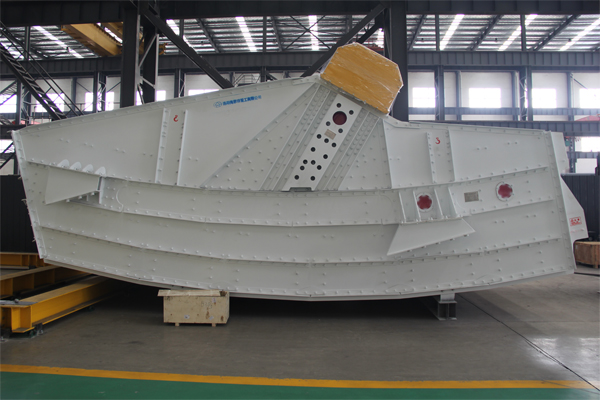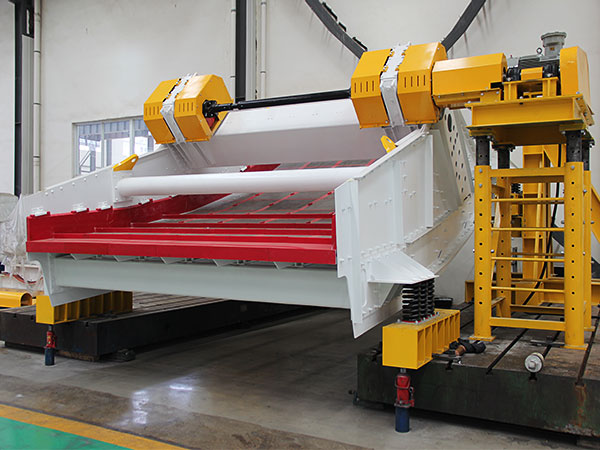Vibrating screens are essential equipment in various industries, including mining, construction, chemical processing, and agriculture, for separating materials based on size. However, they inherently generate significant vibration and noise, which can lead to:

Structural fatigue and failure of the screen and supporting structures.
Reduced screening efficiency and accuracy.
Operator discomfort and health hazards (hearing loss, musculoskeletal issues).
Environmental pollution (noise nuisance).
Therefore, effective vibration and noise reduction is crucial for improving the performance, reliability, and safety of vibrating screens. This involves a multi-faceted approach encompassing:

1. Vibrating Screen Dynamics Optimization:
Understanding and optimizing the dynamic behavior of the vibrating screen is the first step in minimizing unwanted vibration and noise. This includes:
Modal Analysis: Identifying the natural frequencies and mode shapes of the screen structure. Avoiding operation near resonant frequencies is critical. This involves both theoretical modeling (Finite Element Analysis – FEA) and experimental modal analysis.
Force Analysis: Accurately determining the exciting forces generated by the vibratory mechanism (e.g., eccentric weights, electromagnetic vibrators).
Kinematic Analysis: Studying the motion of the screen deck and material flow to optimize screening parameters (amplitude, frequency, stroke angle).
Mass Balancing: Properly balancing the rotating or oscillating masses to minimize unbalanced forces that contribute to vibration. This includes dynamic balancing of eccentric vibrators.
Damping: Introducing damping to dissipate energy and reduce vibration amplitudes. This can be achieved through:
Material Selection: Choosing materials with inherent damping properties.
Viscoelastic Dampers: Applying viscoelastic materials to critical areas to absorb vibration energy.
Friction Dampers: Utilizing friction interfaces to dissipate energy through relative motion.
Optimizing Excitation Parameters: Adjusting the frequency, amplitude, and stroke angle to minimize vibration while maintaining optimal screening efficiency.
Structural Optimization: Modifying the screen structure to increase stiffness and shift natural frequencies away from operating frequencies. This could involve changes to material thickness, ribbing, or adding supports.
Material Flow Optimization: Ensuring even distribution of material on the screen deck to prevent uneven loading and dynamic imbalances.

2. Application of New Vibration Reduction Technologies:
Several advanced technologies can be implemented to further mitigate vibration and noise:
Active Vibration Control (AVC):
Uses sensors to detect vibration and actuators to generate opposing forces, effectively cancelling out the unwanted vibration.
Complex and expensive but highly effective for targeted vibration reduction.
…
For more detailed information on vibration screen vibration reduction and noise reduction, please click here: https://www.hsd-industry.com/news/vibrating-screen-vibration-and-noise-reduction/


